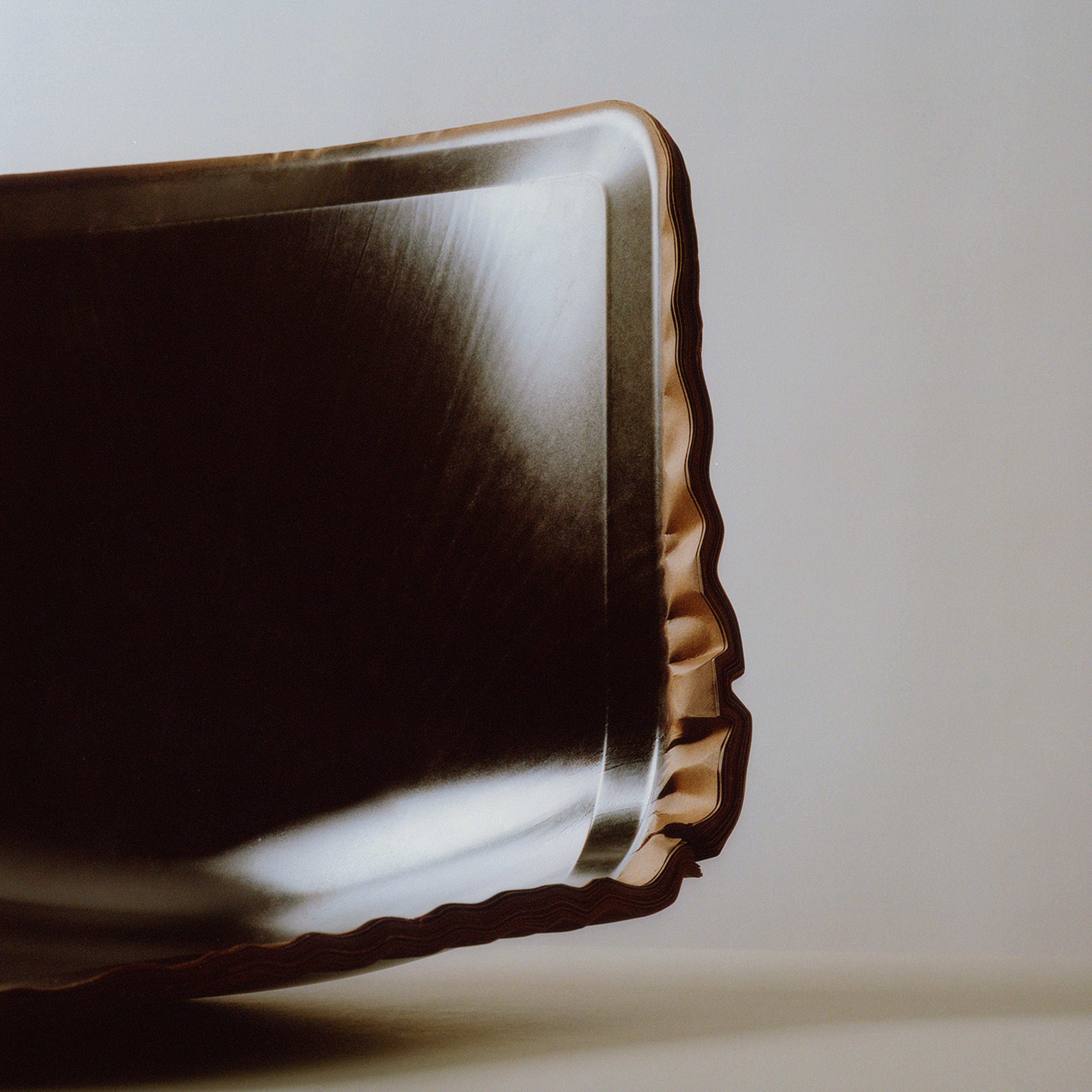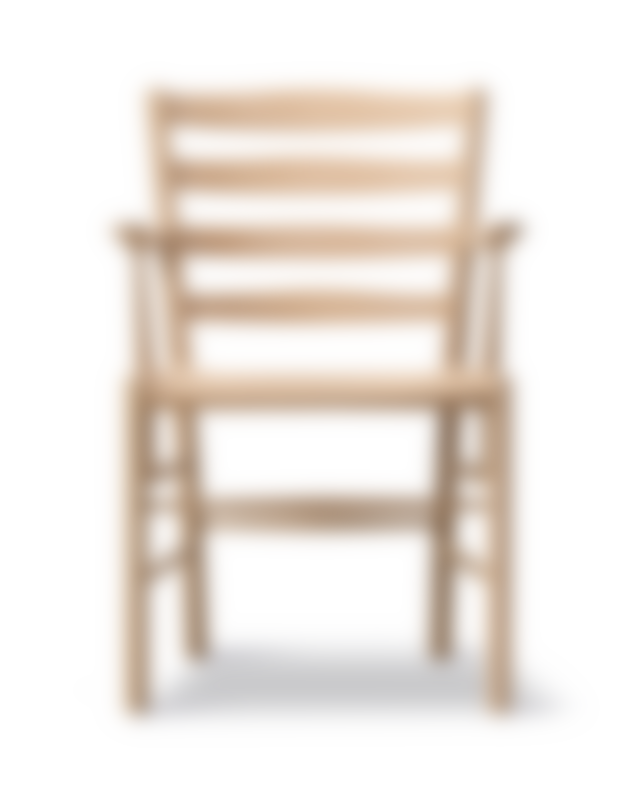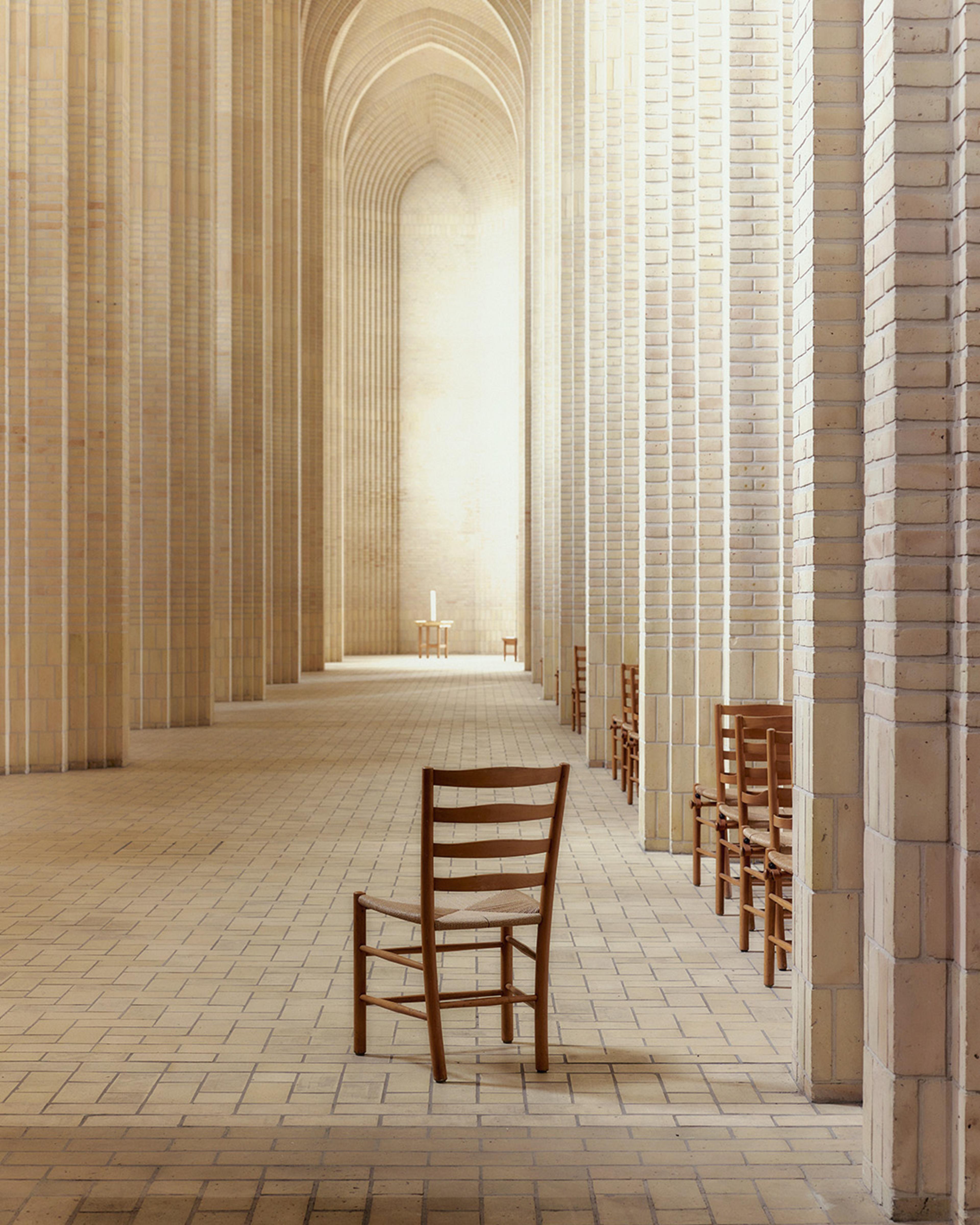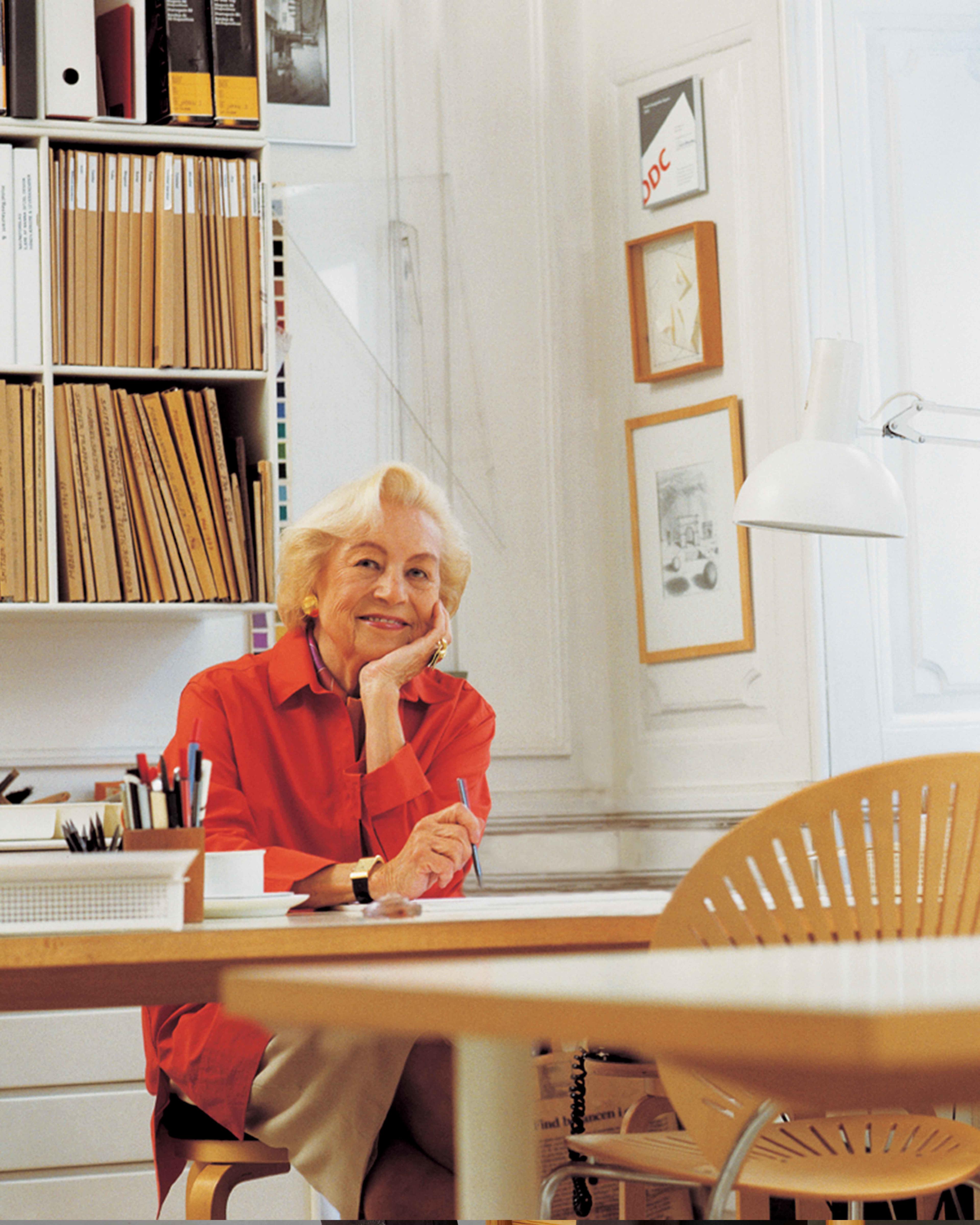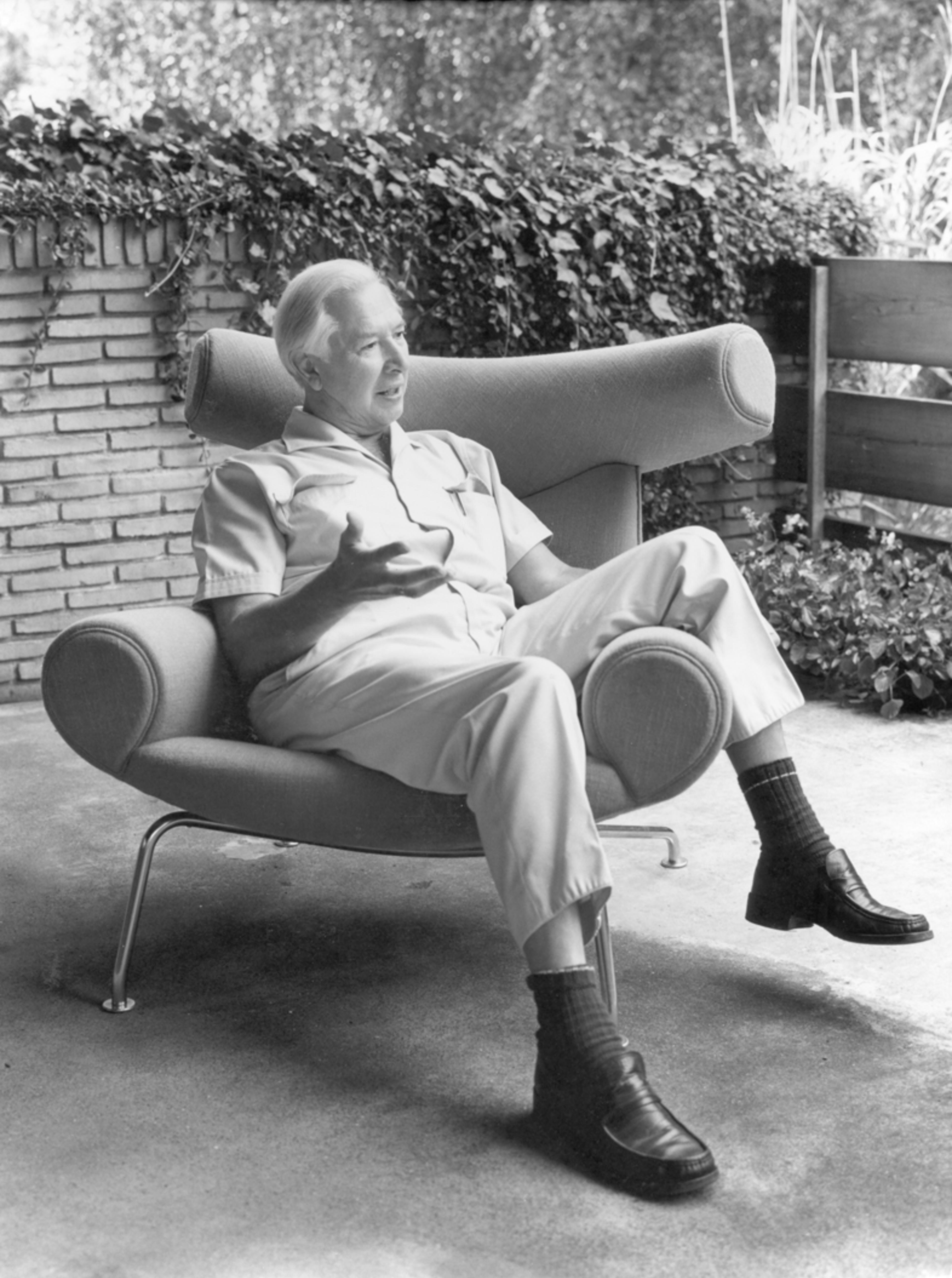Kaare Klint
The architect, furniture designer and professor, Kaare Klint (1888-1954), made an indelible mark on Danish design and architecture in the 20th century. Widely regarded as the founder of modern Danish design, Klint possessed an inimitable talent for combining aesthetics and functionality. This skill is evident in his timeless furniture creations that continue to inspire and captivate.
Klint's influence extended far beyond his own works. In 1924, he co-founded the Department of Furniture Design at the Royal Danish Academy of Fine Art, where his unequivocal impact on the students played a pivotal role in shaping the trajectory of Danish design. At the school, he instilled in his students the value of meticulous craftsmanship and a range of principles, including precision, practicality, durability and profound respect for natural resources. Klint’s teachings became a source of inspiration for a generation of designers, including prominent figures such as Børge Mogensen, Hans J. Wegner, Nanna Ditzel, Mogens Koch and Poul Kjærholm. These individuals, later credited with contributing significantly to the golden age of Danish design, were deeply influenced by his philosophy. In particular, Børge Mogensen, who had served as Klint's assistant, continued to embody and advance Klint’s design principles. This influence is evident in Mogensen's work and, notably, in the contributions he later made to the Fredericia Furniture design company as founding designer.

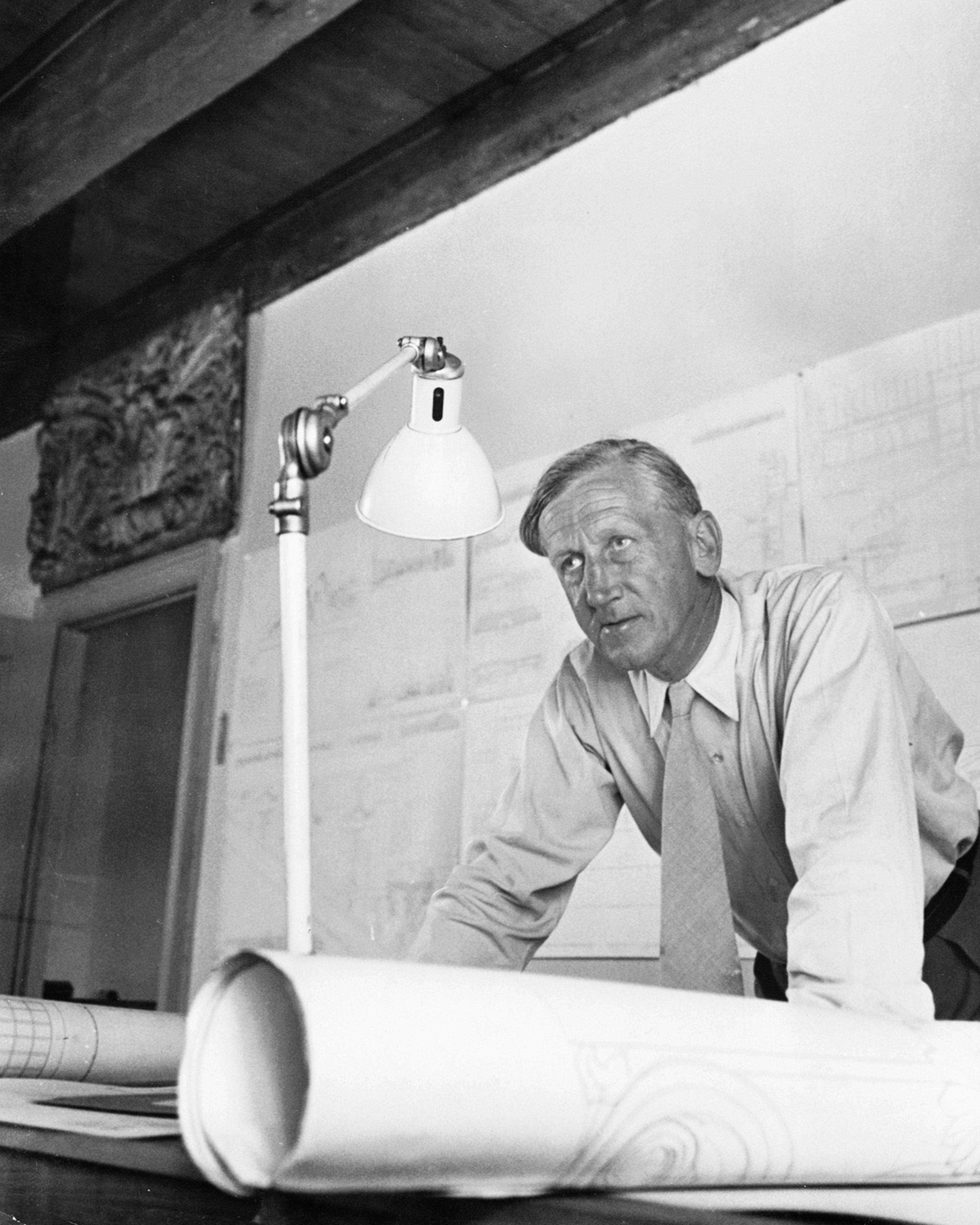
Chairs
1 of 2
The founder of Danish modernism
The Klint School, functioning as both a physical space and a design philosophy, expounded new modernist ideals and offered students a systematic education in furniture design. Like its contemporary, the Bauhaus school in Germany, the Danish movement stemmed from functionalism. However, where Bauhaus celebrated the future, the Klint school was dedicated to refining and modernising archetypes. Klint's design philosophy homed in on the practical aspects of furniture rather than merely on its outward form. Klint immersed himself in a study of the proportions and movements of the human body to ensure that he made furniture with dimensions that were not only functional but also harmoniously suited for their purpose.
In addition to his revolutionary design approach and the creation of several significant pieces of furniture, Klint also made his mark on several Danish cultural institutions, including Designmuseum Danmark. Here, he transformed the interior of an erstwhile royal hospital in rococo style into a sleek and stylish setting for Danish design history. Klint was also a key figure in the creation of Grundtvigskirken (Grundtvig’s Church) in Copenhagen, which he accomplished together with his father and son.

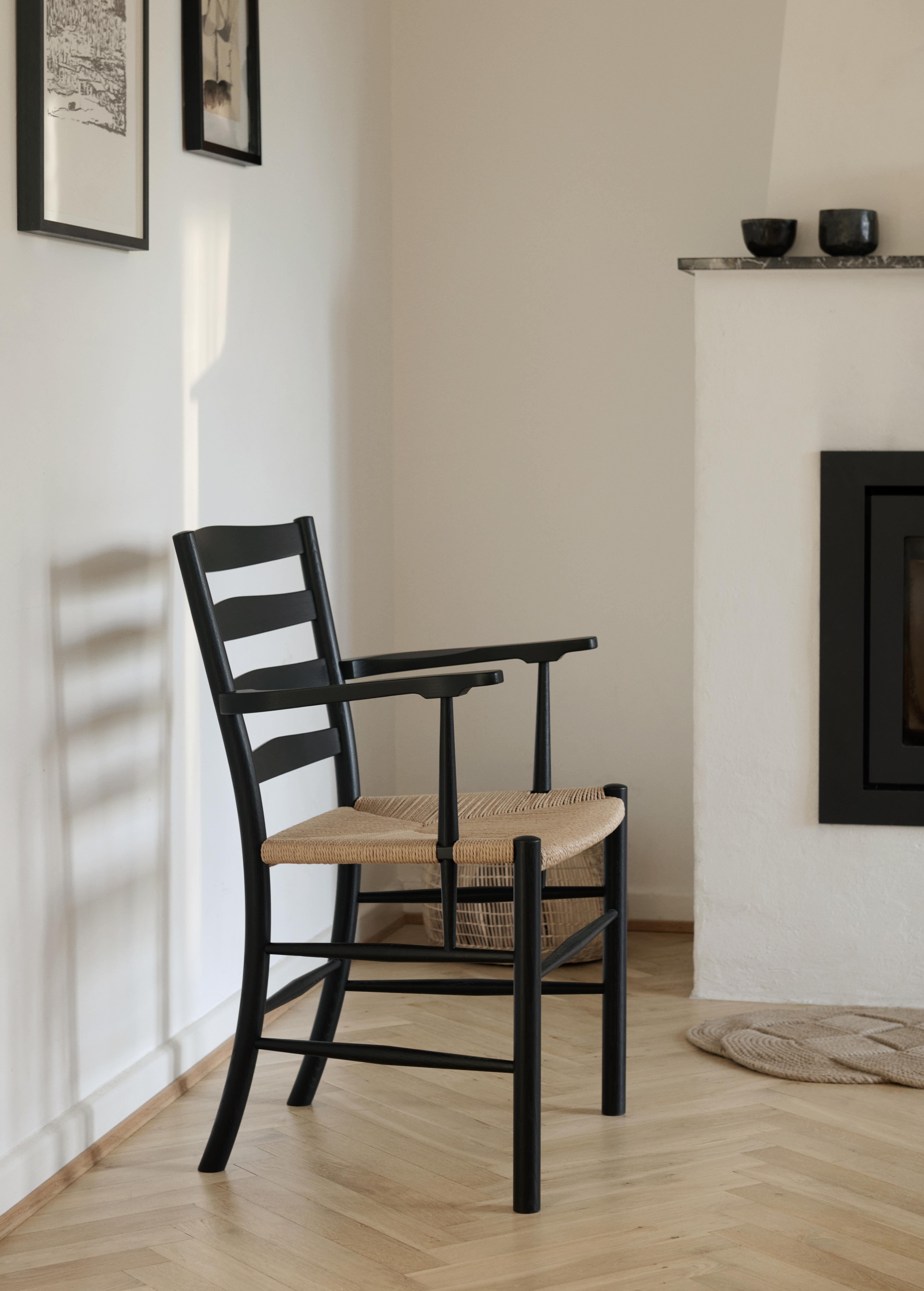
Paying homage to the legendary architect, professor and furniture designer
In 2024, we celebrated the 100th anniversary of the founding of Kaare Klint's furniture school, the cornerstone of what we now know as Danish Design. To pay homage to the legendary architect, professor, and furniture designer, we curated compelling stories showcasing Klint's extraordinary contributions to Danish design.
1 of 4
Meet our designers
Since our foundation in 1911, we have built up a strong tradition of beautiful craftsmanship and innovative design, developed in close collaboration with a circle of internationally recognised designers.







